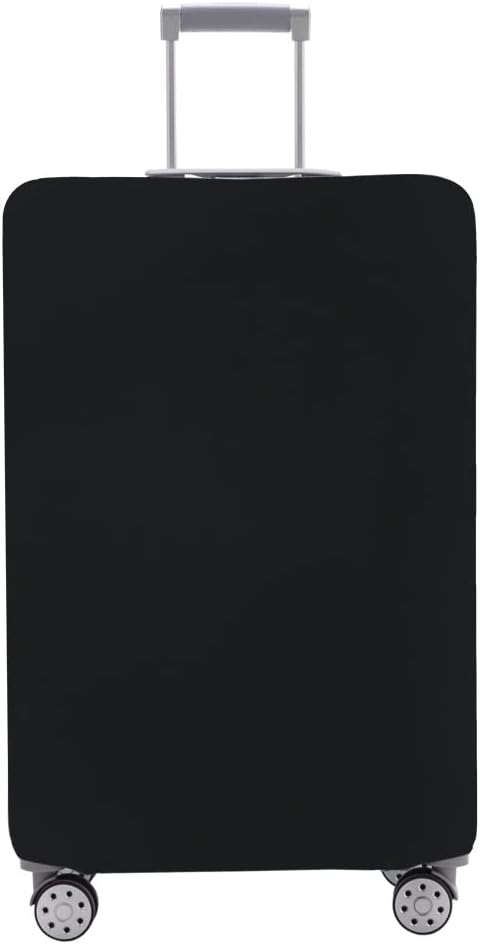





Essential Guide to Enhancing Your Home Office Productivity
In today’s fast-paced world, having a productive home office is no longer just a luxury; it’s a necessity. As more people opt for remote work, understanding how to create an optimal workspace can significantly impact your performance and well-being. This guide dives deep into various strategies, tips, and ideas to enhance your home office productivity.
Why is a Productive Home Office Important?
A well-designed home office fosters focus and efficiency. When your environment is conducive to work, you’re more likely to meet deadlines and achieve your goals. Increased productivity translates to better work-life balance and reduced stress.
What Makes a Home Office Productive?
To create an effective home office, several factors need consideration, including:
1. Ergonomic Setup
Creating an ergonomic workspace prevents physical discomfort and boosts productivity. Invest in:
- An adjustable chair: Supports your back and encourages good posture.
- A desk at the right height: Ensures your arms rest comfortably while typing.
- Monitor stands: Keeps your screen at eye level, reducing neck strain.
2. Optimal Lighting
Lighting plays a crucial role in your ability to concentrate.
- Natural Lighting: Whenever possible, position your desk near windows for natural light.
- Task Lighting: Use adjustable lamps for direct light on your work area.
3. Decluttered Workspace
A clutter-free desk promotes a clearer mindset. Implement these strategies:
- Minimize distractions: Remove unnecessary items from your work area.
- Organizational tools: Use folders, drawers, and baskets to keep things tidy.
How to Choose the Right Technology?
Selecting the right technology is essential for productivity. Consider these aspects:
1. Reliable Devices
Ensure you have updated devices that cater to your work needs. Invest in:
- A reliable laptop or desktop: Keeps your workflow smooth and reduces frustrations.
- High-speed internet: Essential for video calls and online collaboration tools.
2. Effective Software Solutions
Utilize software that enhances productivity, such as:
- Project management tools: Tools like Trello or Asana help organize tasks efficiently.
- Communication platforms: Slack or Microsoft Teams facilitate better collaboration with colleagues.
What Role Does Personalization Play?
Personalizing your workspace can inspire creativity and motivation.
1. Decorate with Purpose
Choose decorations that resonate with you. This could include:
- Motivational quotes: Inspiring words can keep you focused.
- Plants: Adding greenery can enhance your mood and air quality.
2. Use Color Psychology
Color affects mood and productivity. Consider these recommendations:
- Blue: Promotes calm and focus.
- Green: Encourages creativity and balance.
When to Take Breaks?
Understanding when to take breaks is crucial for maintaining productivity.
1. Follow the Pomodoro Technique
Work for 25 minutes, then take a 5-minute break. This method enhances concentration and reduces burnout.
2. Schedule Longer Breaks
Ensure you have a longer break every few hours to refresh your mind. Engage in activities like stretching, taking a walk, or enjoying a snack.
How to Manage Distractions?
Minimizing distractions is vital for a productive home office.
1. Set Boundaries
Communicate with family members about your working hours. Use visual cues, like a "do not disturb" sign.
2. Create a Focused Atmosphere
Use noise-canceling headphones to block out extraneous sounds, or listen to focused music or white noise.
Pros and Cons of a Home Office
Pros:
- Flexibility: Work from anywhere, at any hour.
- Cost Savings: Reduced daily commute and related expenses.
Cons:
- Isolation: Remote work can lead to feelings of loneliness.
- Work-life imbalance: Difficulty in separating work from personal life.
How to Maintain Work-Life Balance?
Keeping work-life balance is critical for long-term productivity. Implement the following strategies:
1. Set Fixed Working Hours
Establishing consistent hours helps you maintain structure and discipline, making it easier to switch off after work.
2. Create a Dedicated Workspace
Having a designated office space in your home creates a physical boundary between work and relaxation.
Conclusion
Establishing a productive home office is not a mere trend; it’s a necessity in today’s working world. From an ergonomic setup to effective break management, there are numerous factors to consider when creating your ideal workspace. By incorporating technology wisely, personalizing your surroundings, and maintaining a work-life balance, you can significantly enhance your productivity and job satisfaction.
FAQs
1. How can I reduce distractions in my home office?
Establish clear boundaries with housemates, use visual signs to indicate when you’re working, and consider noise-canceling headphones to minimize sound distractions.
2. What are some easy ways to personalize my home office?
Incorporate items you love, such as art, photos, or plants. Choose a color scheme that reflects your personality and keeps you motivated.
3. Is it important to have a dedicated workspace?
Yes, a dedicated workspace helps create a clear distinction between work and personal life, enhancing focus and productivity.
4. Can using certain colors improve my productivity?
Absolutely! Colors like blue enhance focus and calm, while green fosters creativity and balance. Choose colors that resonate with your working style.
5. How often should I take breaks during work?
Using the Pomodoro Technique, aim for 5-minute breaks every 25 minutes, and longer breaks every few hours to keep your mind fresh and focused.

